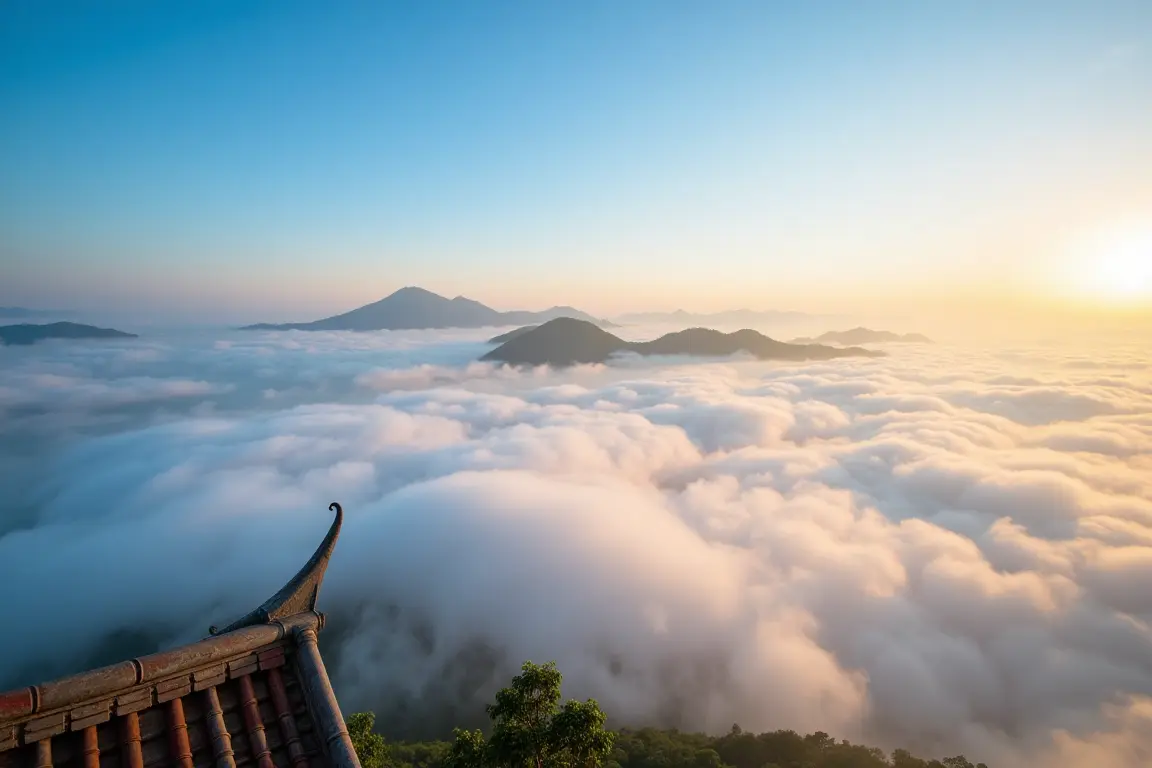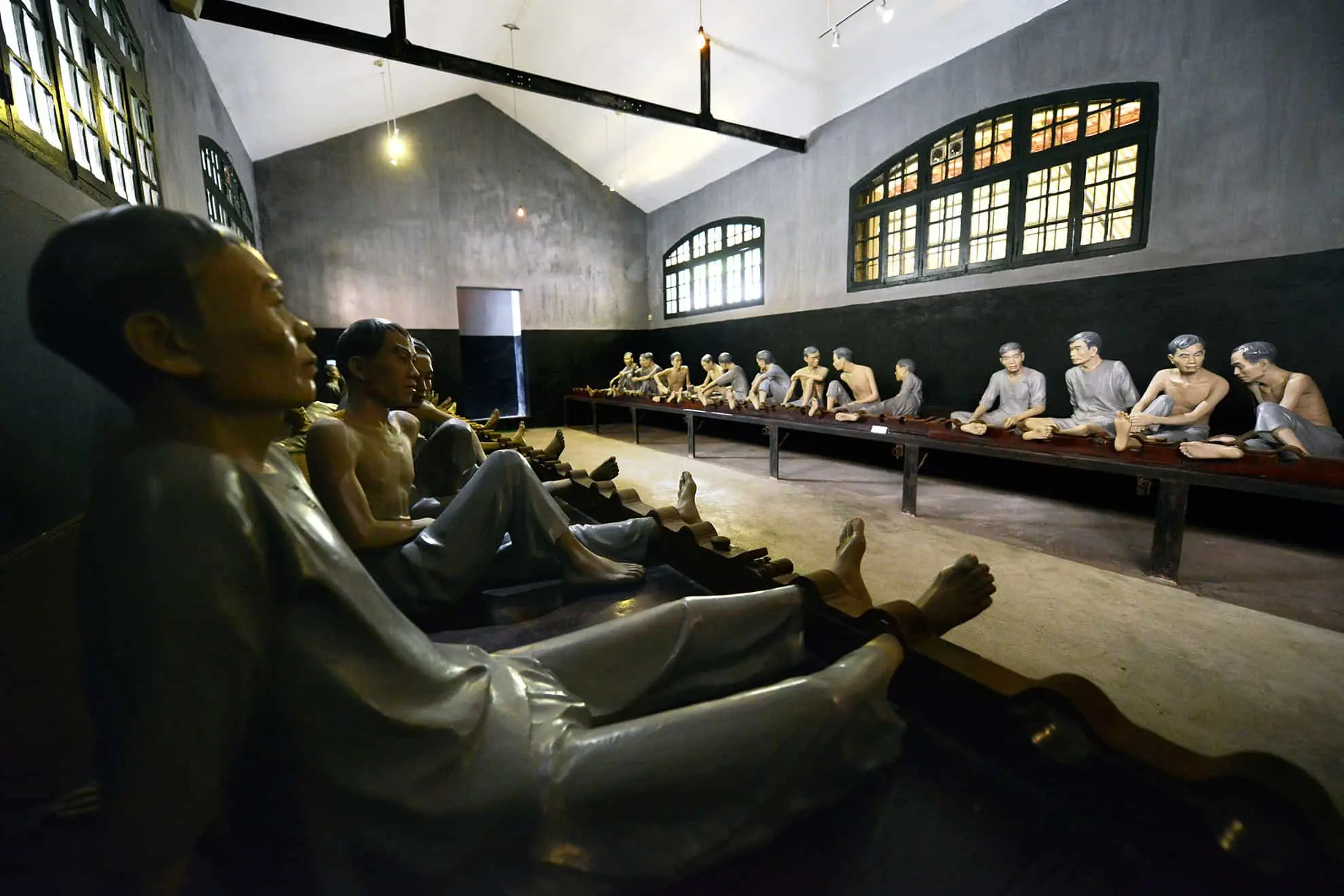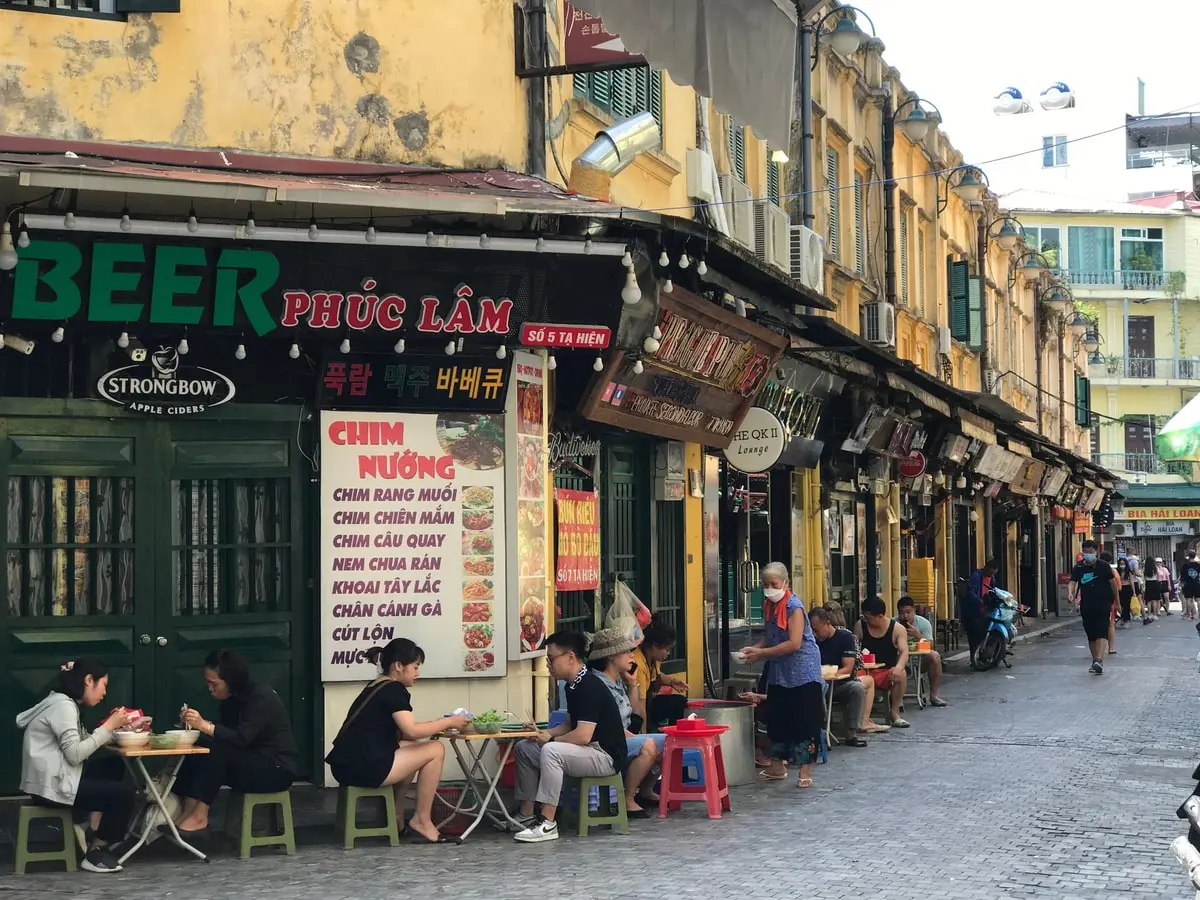The Mekong Delta Vietnam offers a unique window into a life governed by water. This vast, fertile region in southwestern Vietnam is a tapestry of rivers, canals, rice paddies, and vibrant floating markets. EssentialVietNamtravel.com invites you to explore the mekong delta vietnam, a place where tradition and nature intertwine. Understanding this region, often called the “rice bowl” of Vietnam, is key to appreciating the country’s diverse culture and economy. From the bustling life on the water to the quiet serenity of fruit orchards, the vietnam mekong delta presents an experience unlike any other in Southeast Asia.
This guide will help you learn about this fascinating delta in vietnam, plan your trip, and find attractions that showcase its true spirit. The mekong river delta vietnam is more than just a geographical area; it is a way of life, a vital part of Asia’s food supply, and a destination that continues to enchant travelers.
Unveiling the Essence of the Mekong Delta Vietnam: A World of Water, Rich Culture, and Lush Rice Paddies
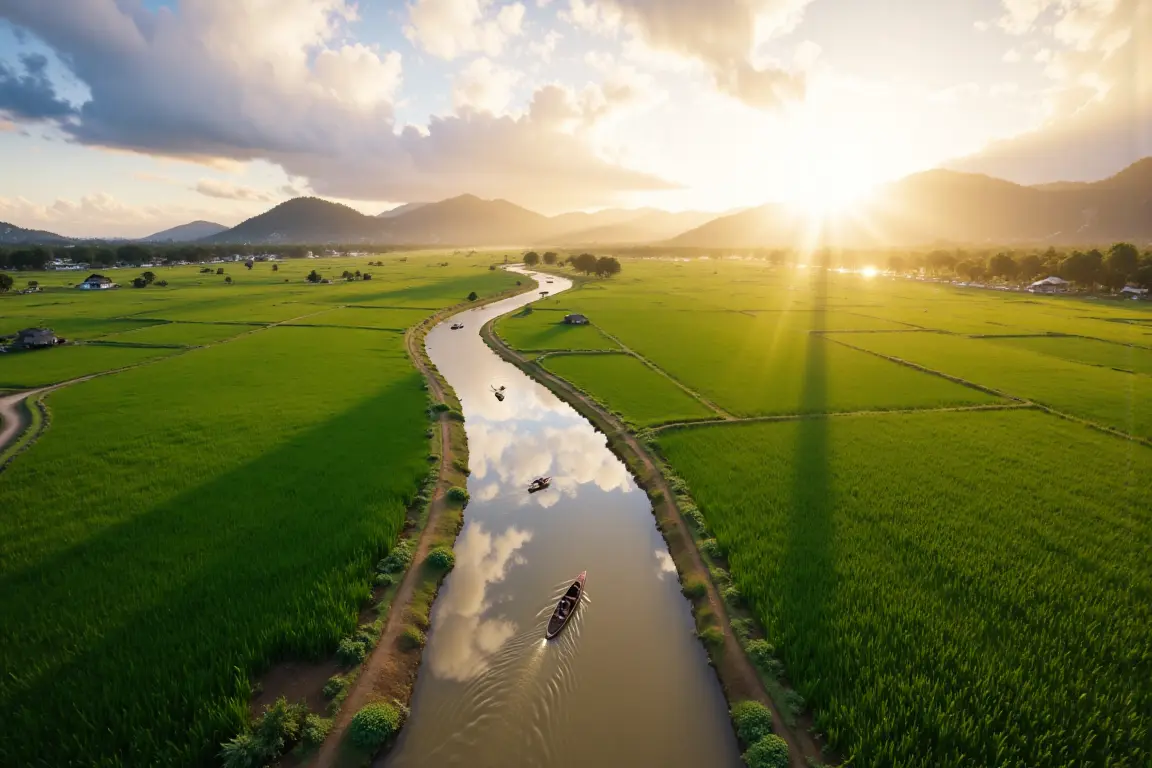
The Mekong Delta Vietnam is a geographical marvel. Its existence is defined by the mighty Mekong River. This river, originating in the Tibetan Plateau, travels through several countries before fanning out in southern Vietnam. Here, it creates a vast network of distributaries, canals, and waterways. These waterways are the lifeblood of the region. They provide water for agriculture, serve as transportation routes, and shape the culture of the people who live here.
The land is predominantly an alluvial plain, exceptionally fertile due to the rich sediment deposited by the river over millennia. This sediment makes the soil type ideal for farming, particularly for rice cultivation. The delta is a low-lying area, often just a few meters above sea level. This makes it susceptible to flooding, especially during the tropical monsoon season, but also contributes to its agricultural richness.
The economy of the mekong vietnam region heavily depends on agriculture and aquaculture. Lush rice paddies stretch as far as the eye can see, confirming its nickname, the “Rice Bowl of Vietnam.” This area impacts global rice supply significantly. Beyond rice, the delta is famous for its year-round fruit cultivation. Orchards heavy with dragon fruit, mangoes, rambutans, and coconuts are common sights. Coconut trees are ubiquitous, providing not just fruit but also materials for various local crafts and industries.
Aquaculture, the farming of fish, shrimp, and other aquatic species in ponds and river cages, is another cornerstone of the local economy. Life here revolves around water. Traditional transportation relies on boats, from small sampan boats used for daily commutes and fishing to larger vessels carrying goods to market. The interconnected waterways form an extensive canal network, often more practical for travel than roads. This water-rich environment supports a unique riverine culture, distinct from other parts of Vietnam.
The mekong in vietnam faces environmental challenges, including climate change vulnerability and salinity intrusion, which threatens its delicate ecosystem and agricultural output. Understanding these aspects is crucial to appreciating the resilience and adaptability of the delta’s inhabitants. The vietnam mekong river delta is part of the larger Mekong River Basin, a critical ecosystem for Southeast Asia.
The “Nine Dragons” Artery: How the Mekong River Shapes Life in the Delta
The Mekong River, upon entering Vietnam, splits into a complex system of branches. Traditionally, it is said to divide into nine major distributaries before emptying into the South China Sea. This gives the region its poetic Vietnamese name: Đồng bằng sông Cửu Long, meaning “Nine Dragons River Delta.” Each “dragon” carves its path through the fertile land, creating a landscape of islands, islets, and intricate waterways. The main river and its branches are the primary source of fresh water and alluvial soil for the entire delta. This constant replenishment of nutrients makes the land incredibly productive. The hydrology of the region is complex, influenced by the river’s flow, tidal patterns from the South China Sea, and the annual monsoon rains.
Life in the Cuu Long River Delta is inextricably linked to these waterways. Settlements are often built along riverbanks or canals. Stilt houses are a common architectural feature, adapted to the fluctuating water levels. The river dictates the pace of life, the methods of farming, and the means of transport. For centuries, boats have been the most efficient way to navigate the delta’s extensive canal network. Daily activities, from going to school or work to visiting neighbors, often involve a boat trip.
The river also provides sustenance. Fishing remains an important livelihood for many families. The sediment-laden waters, while posing challenges for infrastructure, are vital for maintaining the delta’s fertility. The Mekong River Commission plays a role in coordinating the sustainable development and water resource management of the river basin, which spans several countries including Cambodia and affects regions like Phnom Penh. The depends-on Mekong River reality is evident in every aspect of life here. The cultural aspect of Khmer influence is also noticeable in parts of the delta, reflecting historical connections.
Vietnam’s Bountiful South: Understanding the Agriculture and Economic Heartbeat
The Mekong Delta is the agricultural heartland of Vietnam. Its fertile alluvial soil, abundant water, and tropical climate create ideal conditions for intensive farming. Rice is the primary crop, with multiple harvests possible each year in many areas. Vast paddy fields dominate the landscape, painting it in vibrant shades of green and gold depending on the season. The delta produces more than half of Vietnam’s rice and a significant portion of its fish and fruit. This output not only feeds the nation but also makes Vietnam a major exporter of these commodities. The economy here is deeply rooted in agriculture.
Beyond rice, the delta’s agricultural diversity is impressive. Coconut trees line canals and roadways, providing a versatile resource. Coconuts are used for their water, flesh, oil, and even the husks and shells are used for fuel or crafts. Fruit orchards are abundant, producing a variety of tropical fruits such as mangoes, durians, rambutans, longans, and pomelos. These fruits are sold in local markets, including the famous floating markets, and also transported to Ho Chi Minh City and beyond. Aquaculture is another vital component of the delta’s economy.
Ponds and river enclosures teem with basa fish (pangasius), shrimp, and other aquatic species. This industry provides employment for many and contributes significantly to Vietnam’s export earnings. The success of agriculture and aquaculture is a testament to the delta’s natural endowments and the hard work of its people. However, challenges such as climate change, rising sea levels leading to salinity intrusion, and the need for sustainable water resource management are growing concerns that could affect this agricultural powerhouse. The region is an agricultural zone, a stark contrast to any mountainous region or arid climate.
Top Experiences in the Mekong Delta: Navigating Iconic Floating Markets and Discovering Can Tho City
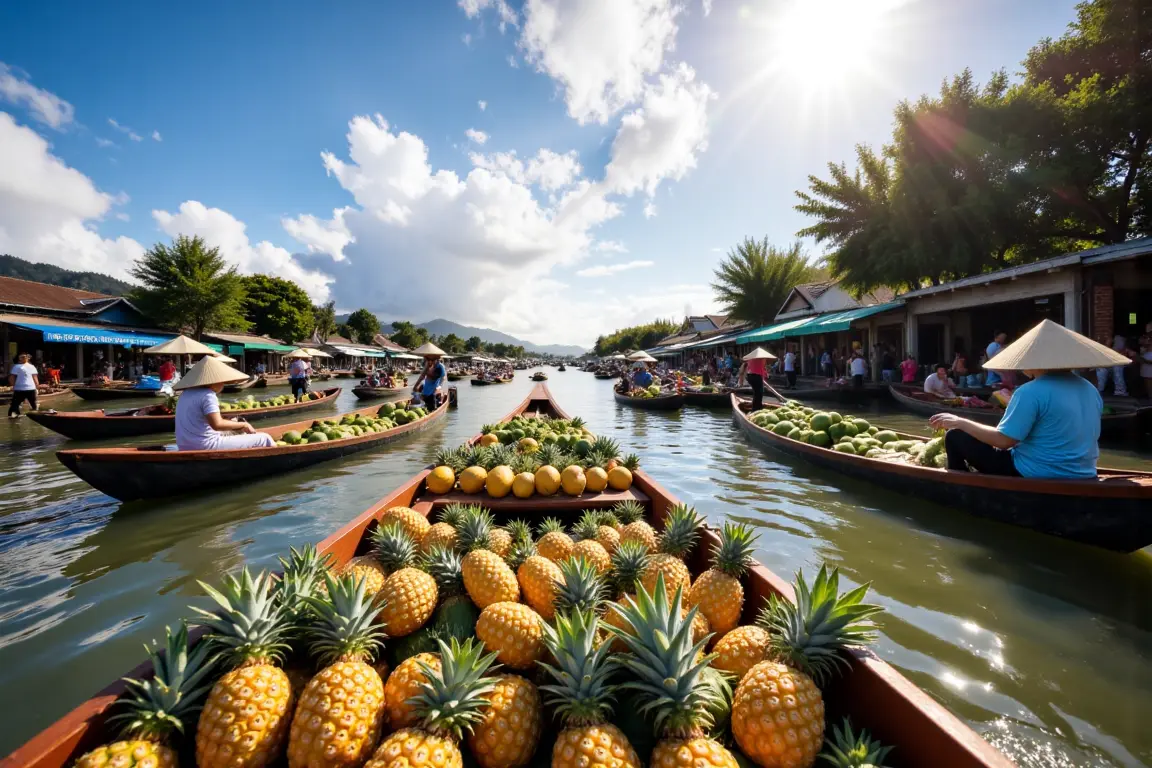
A visit to the Mekong Delta Vietnam offers a multitude of unique experiences. Chief among these is exploring the iconic floating markets. These markets are a vibrant spectacle of commerce conducted entirely on water. Cai Rang floating market, near Can Tho City, is one of the largest and most famous. Here, hundreds of boats, big and small, gather daily. Sellers advertise their wares – primarily fruits, vegetables, and other agricultural products – by hanging samples from tall bamboo poles on their boats. Buyers navigate the bustling waterways in their own boats, making purchases and engaging in lively bargaining.
A boat trip through a floating market offers a fascinating glimpse into the local way of life and is a must-do for any visitor. EssentialVietNamtravel.com recommends an early morning visit to witness the market at its busiest and most vibrant. You can often buy fresh fruit, coffee, or even a hot bowl of noodles from a boat vendor.
Can Tho City is the largest city in the Mekong Delta and serves as its economic and cultural hub. It is a bustling urban center with a charming waterfront, pagodas, and markets. A stroll along the Ninh Kieu Quay in Can Tho offers lovely views of the Hau River, one of the Mekong’s main branches. The city provides a good base for exploring the surrounding delta region, including nearby floating markets and fruit orchards. For those looking to plan a trip, many Mekong Delta Vietnam tours from Ho Chi Minh City include stops in Can Tho.
You can find attractions such as the Can Tho Museum, which provides insights into the history and culture of the delta. Understanding what to eat in Mekong Delta Vietnam is part of the experience, and Can Tho offers numerous restaurants serving local specialties. The Mekong Delta Vietnam floating markets guide often highlights Cai Rang and Phong Dien as key markets to visit. Exploring this key city offers a blend of urban convenience and delta charm.
Journeying from Ho Chi Minh City: Your Gateway to the Delta’s Wonders
Ho Chi Minh City, formerly Saigon, is the most common starting point for excursions into the Mekong Delta Vietnam. The delta lies to the southwest of the city, and the journey itself offers a transition from urban sprawl to rural landscapes. Numerous options exist for traveling from Ho Chi Minh City to various parts of the mekong delta. You can book tour packages that typically include transportation, accommodation, and guided activities.
These tours often visit popular destinations like My Tho, Ben Tre, and Can Tho. They provide a convenient way to experience the highlights of the delta, especially for those with limited time. Many tours will include a boat trip on the Mekong River, visits to coconut candy factories, fruit orchards, and perhaps a traditional music performance.
Alternatively, independent travelers can take public buses from Mien Tay Bus Station in Ho Chi Minh City to major delta towns. This option offers more flexibility and can be more budget-friendly. Once in a delta town, you can hire local boats or join smaller tours to explore the waterways and attractions. Renting a motorbike is another option for the adventurous, allowing for exploration at your own pace, though navigating the local roads and ferry crossings requires some confidence.
The journey from Ho Chi Minh City can take anywhere from two to four hours, depending on your destination within the delta and traffic conditions. Planning your route and transportation method in advance will ensure a smoother trip. This accessibility makes the mekong vietnam a popular choice for day trips or short multi-day excursions for those staying in the vietnam mekong region’s largest city.
Planning Your Trip to the Mekong Delta?
Whether you’re flying into Vietnam or looking for the best way to travel from Ho Chi Minh City, find the most competitive prices and seamless booking options here.
Beyond the Mainstream: Authentic Encounters and Ecotourism Adventures
While popular spots like Cai Rang floating market offer fantastic experiences, the Mekong Delta Vietnam also holds countless opportunities for more authentic and off-the-beaten-path encounters. Ecotourism is a growing focus in the region, aiming to provide sustainable travel experiences that benefit local communities and conserve the environment. This tourism type often involves staying in homestays in Mekong Delta Vietnam, which offer a unique chance to live with a local family, share meals, and learn about their daily lives.
These homestays can range from simple, rustic accommodations to more comfortable setups, but all provide an invaluable cultural exchange. Many homestays are located in quieter, less-visited parts of the delta, surrounded by lush gardens, canals, or rice paddies.
Engaging in ecotourism activities might include cycling along narrow village paths, taking a sampan boat ride through small, tranquil canals shaded by nipa palms, or participating in farming activities like rice planting or fishing. You might visit local workshops to see how traditional products like rice paper, fish sauce, or woven mats are made. Exploring mangrove forests, such as those in Ca Mau province at the southern tip of the delta, reveals a different facet of the region’s biodiversity.
These areas are crucial for coastal protection and support unique ecosystems. Seeking out these less conventional experiences can lead to a deeper appreciation of the delta’s riverine culture and the challenges it faces. It allows for more meaningful interactions and supports the local economy directly, offering a contrast to a quick boat trip through a major market. The Mekong Delta offers unique travel experiences for those willing to explore beyond the typical tourist trails.
The Rich Tapestry of Life in the Mekong Delta: Unique Traditions, Riverine Culture, and Local Communities
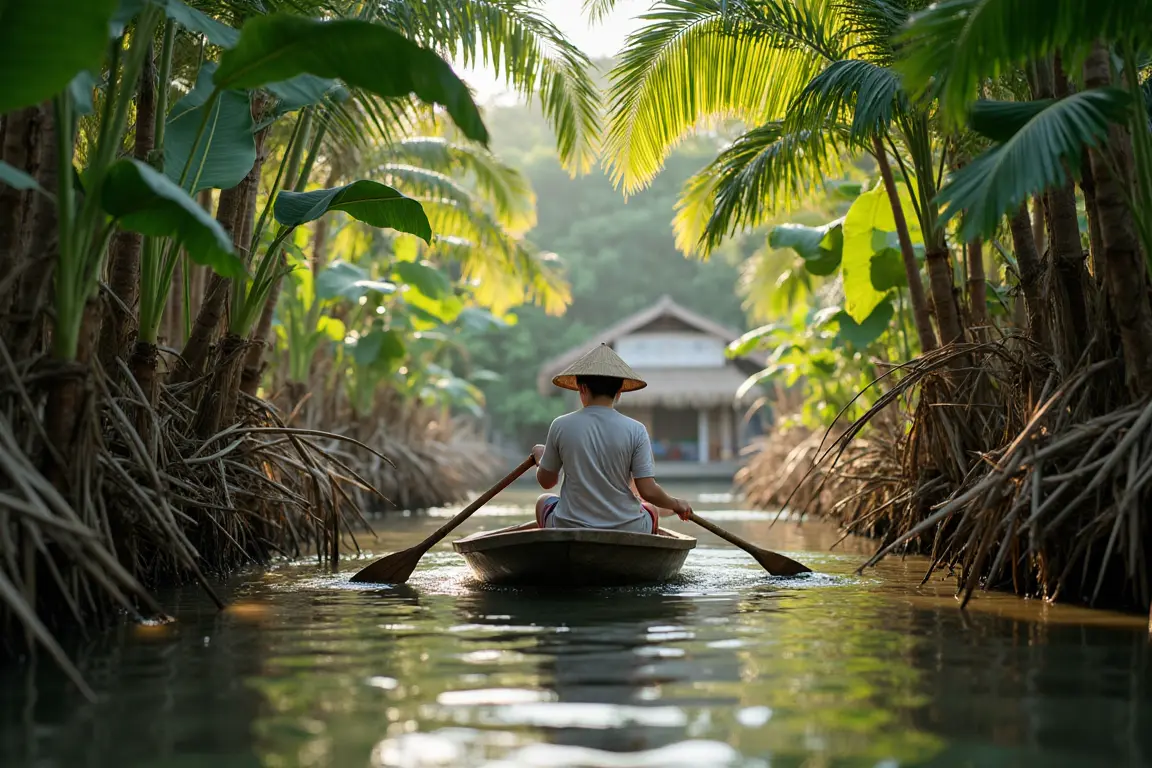
Life in the Mekong Delta Vietnam is a vibrant mosaic of traditions, beliefs, and daily practices deeply intertwined with the rhythms of the Mekong River and its extensive canal network. The riverine culture here is distinct, shaped by generations of adaptation to a water-based existence. Communities are often close-knit, with a strong emphasis on family and neighborly support.
Daily life unfolds on and around the water. Children learn to swim and row boats at a young age. Houses, often stilt houses, are built to accommodate the seasonal rise and fall of water levels. The concept of “front yard” might be a river or canal, with boats serving as the family “car.” This constant interaction with water has fostered a resourceful and resilient spirit among the people.
Festivals and religious practices reflect this unique culture. Many pagodas, often adorned with colorful and intricate designs, dot the landscape. The Khmer people, an ethnic minority with a significant presence in some delta provinces like Soc Trang and Tra Vinh, contribute their own rich cultural traditions, including distinct festivals, architecture, and cuisine. Their influence adds another layer to the delta’s diverse cultural fabric.
Traditional music, known as “Đờn Ca Tài Tử,” is a cherished art form in southern Vietnam, including the Mekong Delta. It is often performed at local gatherings and has been recognized by UNESCO as an Intangible Cultural Heritage of Humanity. The food of the delta is also a reflection of its environment, featuring fresh river fish, shrimp, abundant vegetables, and tropical fruits. Dishes are often characterized by their fresh, clean flavors and a balance of sweet, sour, salty, and spicy notes, forming an important part of Vietnamese cuisine. This is a region where life revolves around water and is culturally distinct.
Exploring the Unique Biodiversity along the Waterways
The Mekong Delta Vietnam, with its intricate network of rivers, canals, mangrove forests, and wetlands, supports a remarkable level of biodiversity. This rich natural heritage is a key feature of the region, though it faces pressures from development and climate change. The waterways themselves are home to numerous species of freshwater fish, some of which are commercially important, while others are unique to the Mekong River Basin.
The delta is also a crucial habitat for various bird species, including migratory birds that use the wetlands as stopover points. Bird sanctuaries like Tram Chim National Park in Dong Thap province offer opportunities for birdwatching and appreciating the delta’s avian diversity. This park is particularly famous as a refuge for the sarus crane, a rare and endangered species.
The mangrove forests, especially in coastal areas like Ca Mau, are vital ecosystems. They provide breeding grounds for fish and crustaceans, protect the coastline from erosion and storm surges, and sequester carbon. Exploring these mangrove forests by boat allows visitors to witness a unique environment where trees are adapted to saline conditions. The biodiversity also extends to the flora of the region.
Beyond the cultivated crops, numerous native plants thrive along the canals and in the wetlands, contributing to the overall ecological balance. Efforts are underway to promote conservation and sustainable use of the delta’s natural resources, recognizing that its biodiversity is not only intrinsically valuable but also underpins the livelihoods of many local communities. Protecting this biodiversity is essential for the long-term health of the river delta ecosystems and the people who depend on them.
Planning Your Unforgettable Trip to the Mekong Delta Vietnam: Practical Tips for an Authentic Journey

Planning a trip to the Mekong Delta Vietnam can be an exciting endeavor. To make the most of your visit, EssentialVietNamtravel.com suggests considering a few key aspects. First, decide on the best time to visit Mekong Delta Vietnam. The region has a tropical monsoon climate with two main seasons: the dry season (roughly December to April) and the rainy season (May to November). The dry season generally offers more comfortable travel conditions with less rain and lower humidity. However, the rainy season brings lush greenery and fuller rivers, which can be picturesque. Fruits are also more abundant during the rainy season. Shoulder months like November or May can offer a good balance.
Next, consider your itinerary and how much time you want to spend. A day trip from Ho Chi Minh City can give you a quick glimpse, but to truly experience the delta, a two or three-day trip is recommended. This allows time to visit floating markets, explore smaller canals, stay in a homestay, and perhaps visit a fruit orchard or a bird sanctuary. Popular destinations include Can Tho for its large floating market and city amenities, Ben Tre for its coconut groves and quieter canals, Chau Doc for its proximity to Cambodia and Sam Mountain, and My Tho as an easily accessible entry point.
Researching Mekong Delta Vietnam floating markets guide can help you choose which markets fit your interests. Consider what to eat in Mekong Delta Vietnam; trying local specialties like “bánh xèo” (crispy pancake), “hủ tiếu” (noodle soup), and fresh tropical fruits is a must. Booking homestays in Mekong Delta Vietnam in advance, especially during peak season, is advisable. For transportation, Mekong Delta Vietnam tours from Ho Chi Minh City offer convenience, while public buses and local boat hires offer flexibility. Always get directions or use a map, as navigating the network of canals and local roads can be challenging. This region offers unique travel experiences, and careful planning ensures you capture its essence.
This guide provides a foundation for understanding and exploring the Mekong Delta Vietnam. From its geographical significance as a fertile alluvial plain and part of the vast Mekong River Basin in Southeast Asia, to its vibrant culture centered around floating markets and rice paddies, the delta is a captivating destination. EssentialVietNamtravel.com hopes this information helps you plan an enriching journey to the “Nine Dragons River Delta,” also known as Cuu Long River Delta or Đồng bằng sông Cửu Long.
Whether you are on a boat trip in Can Tho City, exploring a mangrove forest, or enjoying the hospitality of a local homestay, the experiences in the vietnam delta are bound to be memorable. This agricultural heartland, so vital to Vietnam and a stark contrast to any mountainous region or industrial zone, faces challenges like climate change vulnerability but continues to thrive, offering a deep dive into a life dependent on the Mekong River.
From the main river to the smallest canals, from the primary crop of rice to local fruits like dragon fruit, and from traditional stilt houses to the unique dialect, the delta in vietnam is a world of its own, bordering Cambodia and opening to the South China Sea and the Gulf of Thailand.

